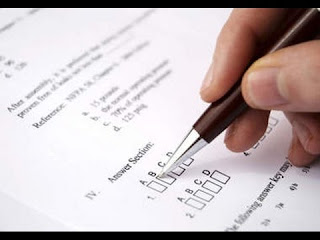Nobel Prize-winning theoretical chemist Linus Pauling wrote a most famous book in 1939, entitling it, The Nature of the Chemical Bond and the Structure of Molecules and Crystals: An Introduction to Modern Structural Chemistry.
There have been few facets of chemistry of greater importance.
Here, we will discuss basic concepts that we hope will lead our readers to a better understanding of what goes on between atoms. We will consider the bonding between carbon atoms in particular.
At the atomic and subatomic level, particles and waves share similar properties, each isolated system containing one or more particles is described by a mathematically descriptive equation called a wavefunction.
Operators
In mathematics, numbers can be “operated on” to produce certain results. For instance, 3 and 4 can be operated on by multiplying them with each other, to produce the result, 12. Wavefunctions can be operated on in various ways to produce mathematical results that correspond to physical properties. If two wavefunctions are multiplied together yielding the value zero, the wavefunctions are said to be orthogonal.
There have been few facets of chemistry of greater importance.
 |
| Hybridization |
Here, we will discuss basic concepts that we hope will lead our readers to a better understanding of what goes on between atoms. We will consider the bonding between carbon atoms in particular.
Wavefunctions
Quantum mechanics is a mathematical discipline that defines the nature and behavior of tiny particle systems, such as atoms and molecules.At the atomic and subatomic level, particles and waves share similar properties, each isolated system containing one or more particles is described by a mathematically descriptive equation called a wavefunction.
Operators
In mathematics, numbers can be “operated on” to produce certain results. For instance, 3 and 4 can be operated on by multiplying them with each other, to produce the result, 12. Wavefunctions can be operated on in various ways to produce mathematical results that correspond to physical properties. If two wavefunctions are multiplied together yielding the value zero, the wavefunctions are said to be orthogonal.




